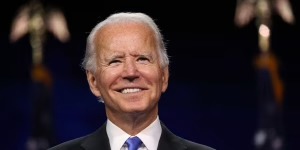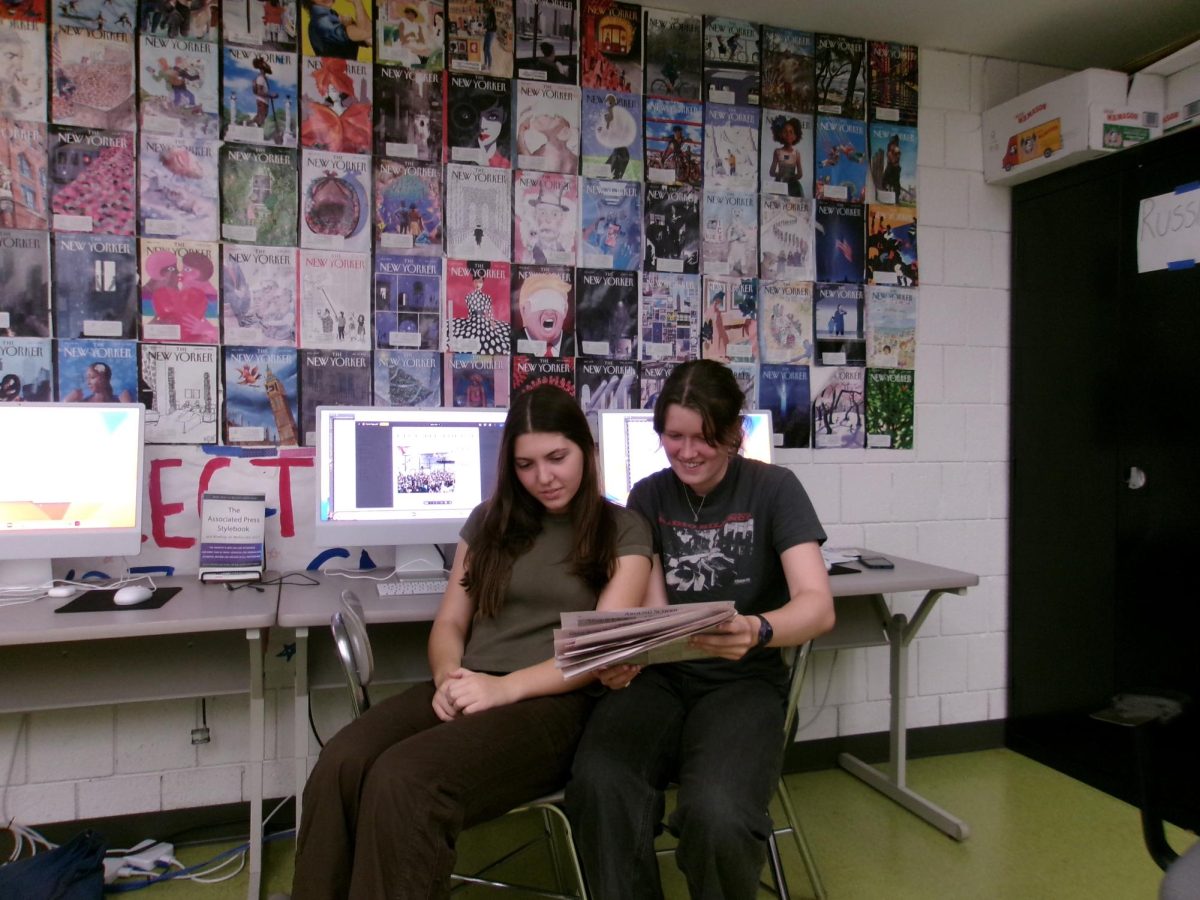What CRLS Seniors Learned From Working the Polls on Super Tuesday
Photo Courtesy of Pete Johnson
Pictured: Louisa Monahan ’20 working at a polling station on Super Tuesday, which was on March 3rd.
March 27, 2020
Most people have heard of the hustle and bustle of voting day: walking over to the local polling station, filling out bubbles on a long piece of paper, getting the “I Voted” sticker. But who runs the whole process? Who keeps everything in order?
Most polling stations are run by city workers, but on Tuesday, March 3rd, six CRLS students decided to help out, too. “I just turned 18 and I’m new to the voting process, [so] I thought it would be a great opportunity to get a real look into what happens outside of just filling out a ballot and going about your day,” said Jose Moreno de Los Santos ’20, a student who worked at the polls on March 3rd. Students who worked were required to be registered voters, so all who served were seniors, many of whom were excited about their new ability to vote.
Working the polls turned out to be hard work. Before polls opened, the students had to fill out lots of paperwork and take an hour-long training course. When election day finally came, the work was overwhelming. Anaka Landrigan ’20 explained the demanding work. The citizens would walk in and need to be checked in and given a ballot based on their political party. Once they had filled out their ballot, they sent it back in an envelope. The workers then had to check the citizens out of the voting station, open the envelopes, scan the ballots into the machine, and then check the citizen off again.
The seniors’ workday very long—they worked from 7:00 AM to 9:00 PM, fourteen hours of repetitive, tiring work. As exhausted as they were, many were surprised to realize that several of the city workers that worked there every year had to stay until midnight or even 2:00 AM. The students quickly gained an appreciation for their surrounding workers: “I definitely have a new respect for people who do this every election,” noted Landrigan. Louisa Monahan ’20, another CRLS student who volunteered, agreed: “It’s a lot more hand-done than I thought it was, so it was cool to see that.” Moreno de los Santos noted how he gained “a sense of appreciation for the people who do work at polls, because you know what it feels like yourself.”
In addition to learning about the process and the people that keep it going, they also learned more about the individuals who make up their communities. Monahan said “It was interesting to see the different types of people” who came to vote. According to her, about 55-60% of people who lived in the area around the polling station she was stationed at came to vote. “It was very diverse, and I think that that may have just been the area that I was given, but there was a pretty wide range of people that came to vote in terms of race, age, gender, all sorts of things, which was cool to see.” She explained how she had an experience with a voter who asked for the Republican Party’s ballot, but asked her to not let anyone know that she was a Republican. In contrast, Moreno de los Santos said that he “encountered many people who were not afraid to voice their opinions or political views even if they differed from the popular opinion.”
Monahan concluded on her day full of work, learning, and new perspectives: “It’s definitely a long day, but I think I would recommend it to people … because it’s cool to learn about the voting system and what happens behind the scenes.”









